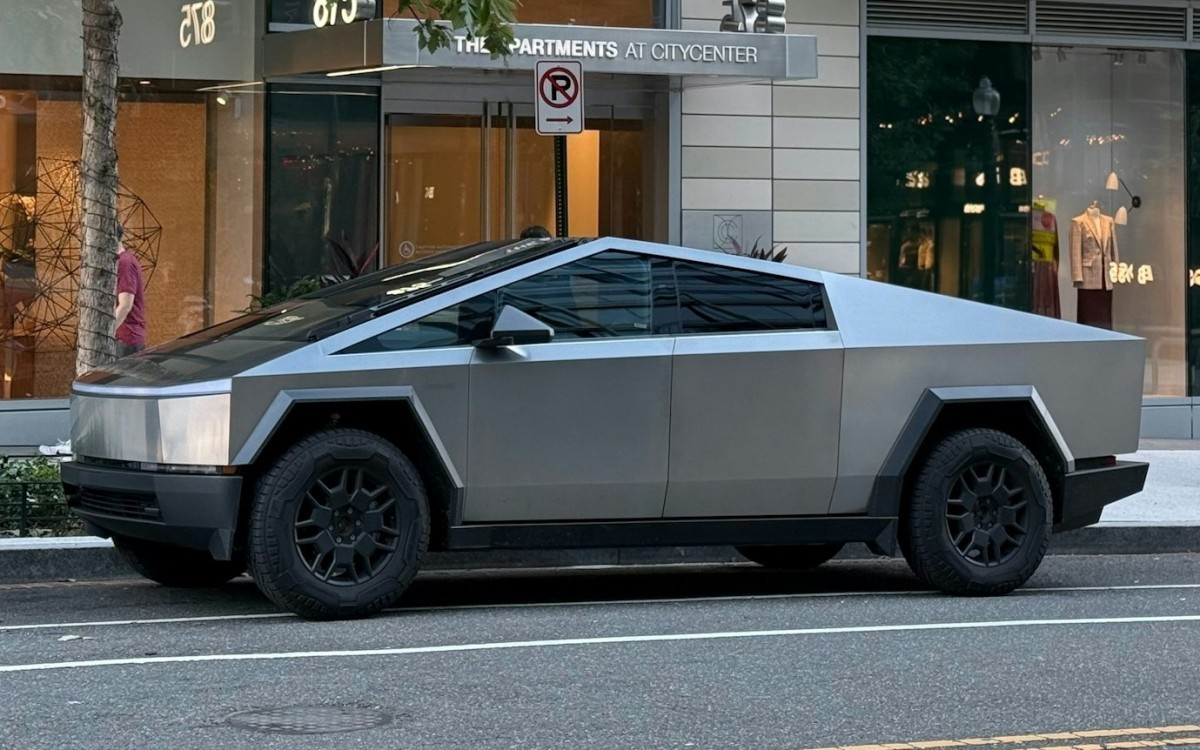Tesla Faces Major Slowdown in Q2 2025: Falling Deliveries, Profit Warnings, and a Strategic Shift Toward AI
Tesla is set to release its Q2 2025 financial results later today, and the mood across the EV industry is cautious. While Tesla is no stranger to bold growth, this quarter is signaling a stark shift in direction — and possibly strategy.
The company recently confirmed it delivered 384,122 vehicles in the second quarter. Though impressive on paper, that number marks a 13.5% year-over-year drop, setting a troubling tone for the earnings call. Tesla also produced over 410,000 vehicles, indicating a growing inventory backlog and potential demand issues.
Wall Street is expecting Tesla to post $22.28 billion in revenue, down from $25 billion in Q2 2024. Profits are expected to shrink as well, with earnings per share (EPS) estimates falling to $0.40, down from $0.52 a year ago.
A closer look at California, one of Tesla’s most critical markets, highlights the problem. New Tesla registrations dropped by 21% year-over-year, making it the seventh consecutive quarterly decline in the state. Even the best-selling Model Y saw a 37% drop in registrations in H1 2025, facing increasing pressure from newer EV rivals.
But declining deliveries and shrinking margins aren’t Tesla’s only concerns. Two major headwinds threaten long-term profitability:
1. Regulatory credit revenue collapse: Once a major income stream, green credit sales made up 43% of Tesla’s net income in the first nine months of 2024. A new emissions bill has killed the demand for these credits, with analysts predicting a 75% drop next year — and a total loss by 2027.
2. Federal EV tax credit phase-out: The $7,500 federal incentive, which helped make Teslas more affordable, is also nearing its expiration — adding further pressure on sales.
In response, CEO Elon Musk is expected to pivot focus away from cars during the earnings call. Instead, attention will likely turn to Tesla’s AI and robotics projects, including the much-anticipated Robotaxi network and the Optimus humanoid robot. Top investor questions ahead of the call overwhelmingly focus on these futuristic ventures.
This strategy shift is familiar: when near-term numbers disappoint, Tesla often leans into long-term innovation storytelling — a move that seems to keep investor interest high.
As Q2 2025 results come in, it’s clear that Tesla is entering a period of transition, with competition rising, core business cooling, and big bets being placed on AI and autonomy.











Post a Comment